
An unbalanced washer? What does that mean? It means that when you try to run the washer, it starts to create turbulence and tumbling actions which can be dangerous for the washer’s components. It can damage the tub, motor and baskets of the washer as internal collisions may produce excessive wear and tear within the machine.
The most common cause of an unbalanced washer or undetermined turbulence is an uneven surface, and overloading the laundry above the capacity of the washer. Here is a guide on the possible causes that might result in an unbalanced washer.
1. Rearranging/Unloading Laundry
Many modern washers are completely automatic, but they can’t arrange the clothes all by themselves. If you just dump the clothes in the basket without arranging them, they may cause the washer to become unbalanced. Wet clothes carry a lot of weight and the initial spinning of the machine will throw them around and cause a lot of turbulence and tumbling. Try to arrange the clothes in a circular manner around the drum if it is a top-load washer, and arrange them evenly if it is a front-load washer.
Overloaded laundry might also produce turbulence. Make sure the amount of clothes is in line with the capacity of the machine (check the manual for that).
2. Check the surface is flat
All automatic washers need to be placed on even surfaces so that the motor doesn’t have to work harder due to uneven loads. There is usually some sort of level indicator on the modern washers (use your manual to locate it), so you can ensure you’re placing your machine on a surface that is even.
If you cannot change the surface or the location of the machine, then you should adjust the feet of the washer, there is a knob on each foot that is adjustable. This means you can raise or lower the machine on demand, adjusting the knobs on all four feet until your indicator shows that the machine is level.
3. Check for Stuck Laundry
Sometimes, some pesky clothing can sneak in your drum and get caught with some moving parts and cause a lot of turbulence while the washer is running.
To fix this, disconnect the washer from the power outlet, and then use your manual to see how you can access beneath the basket. Follow the instructions and then check for any stuck clothes or other obstructions. If you find any, simply remove them and restart the cycle.
4. Check for Shipping Restraints
Many top-load washers have a shipping bolt right in the middle of the washer under them that stops them from tumbling around during cargo and damaging their functionality or components. Front-load washers also have internal straps that do the same job. Check your manual or other sources to locate the shipping restraints on your washer and remove them before you run it again.
5. Check for Internal Components
There are many internal components for a washer/washing machine that may be the cause of tumbling or imbalance of the washer. Now, this totally depends on the model and make-type of your washer. Front-loader machines have different components that can be responsible for imbalance, and top-loader machines carry other components and build-style that might be the cause of turbulence. But, you can look through the content below to rule out the possibilities of the problem.
6. Check for Shock-Absorbers
This is a very common cause of turbulence in front-loading washers as there is a pair of shock absorbers on both sides that support the rotating tumbler and dampen down the major vibrations caused by the rotating action. Open up the washer (consult your manual for how to do that) and check if any of those absorbers are disconnected or faulty. If they are, then replace them or have a handyman do it.
7. Check the Suspension Springs
Both top-loading and front-loading washers have this component, and these springs are usually located beneath or above the tubs, supporting the tub and decreasing vibrations. The major problem with springs is that it is recommended that if one spring is faulty, you should replace all of them. Although, be cautious while replacing them as they have a good amount of recoil.
8. Check the Bearings for Damage
Front load washers have a bearing between the motor and the tumbler, you check it for damage by simply rotating the tumbler by hand and listening for any cracking or rough metal clanking sounds. If you hear something similar, it’s better to call a technician as it is a very hard and precise task.
9. Check for any Broken or Loose Straps
Most of the top-loading washer models on the market carry four rubber straps that are responsible for holding the tumbler in place, serving to reduce or dampen any vibration. You can check the rubber straps and if any one of them is broken or loose, you should replace them.
10. Check for a Faulty Snubber Ring
Most top-loaders have a rubber ring that has the tumbler on top of it and provides a cushioning effect to dampen turbulence and vibrations. A faulty ring will allow the tumbler to make contact with the base and produce turbulence.
It is very probable that the cause of the turbulence or imbalance is simply the uneven surface. Problems like these do not require the expertise of technicians and can be solved quite easily while also saving you some cash. Although, if you do find any broken parts, you should check to see if your machine is still under warranty because these can be expensive to fix.
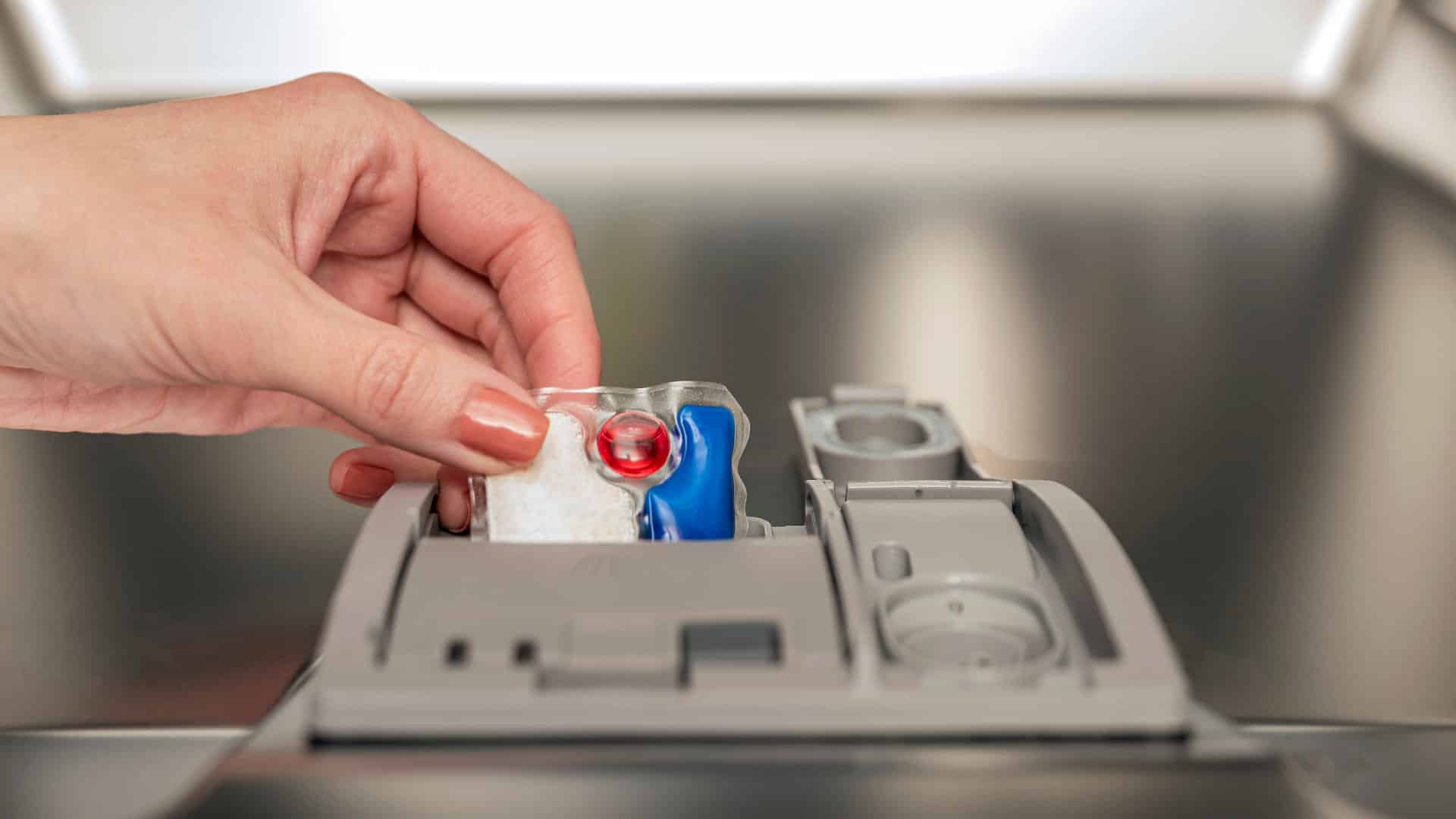
How to Clear E24 Error on Bosch Dishwasher

Samsung Dryer Not Heating Properly? (5 Fixes)
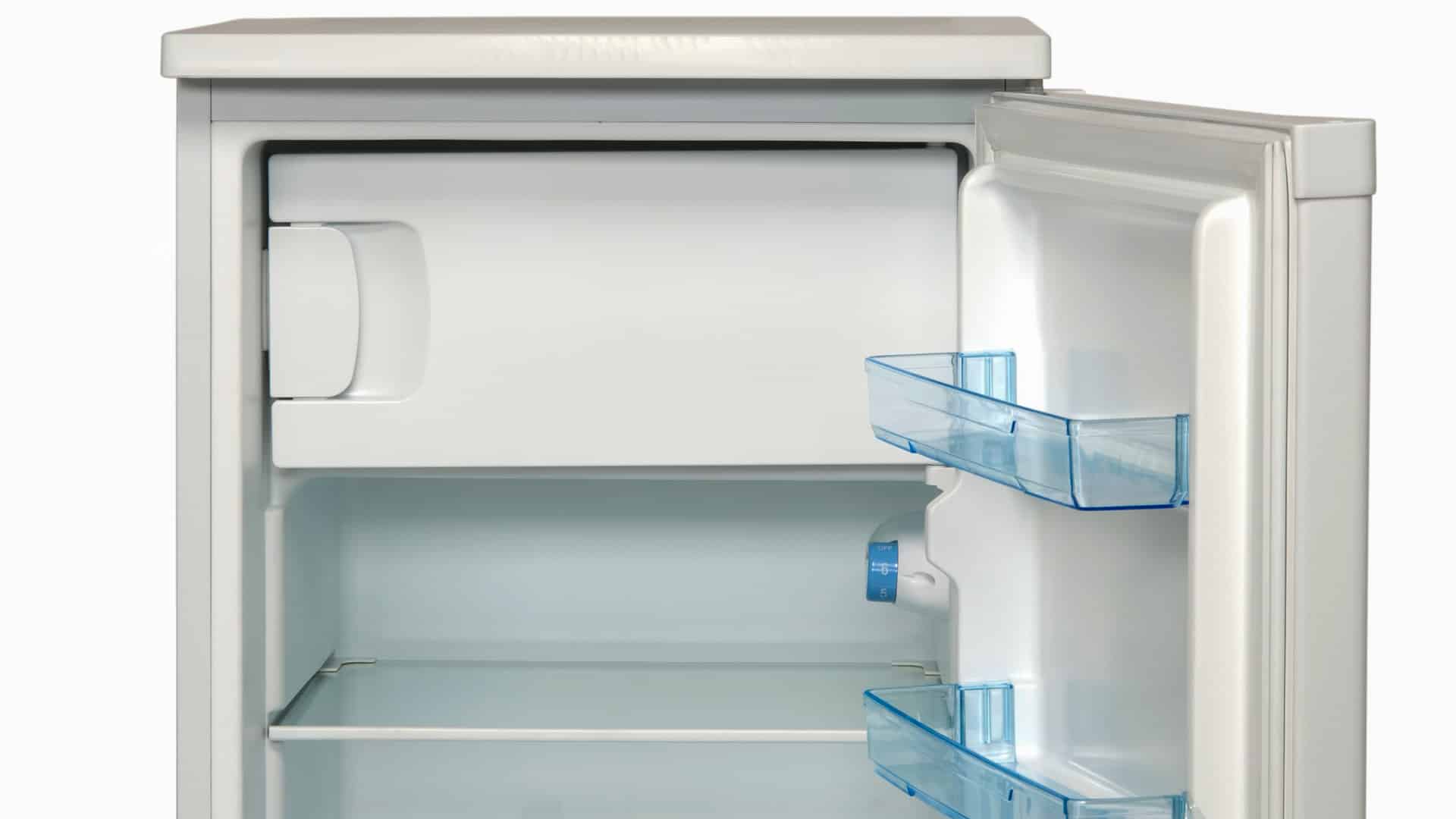
Why Is Your Mini Fridge Not Cooling? (5 Potential Reasons)
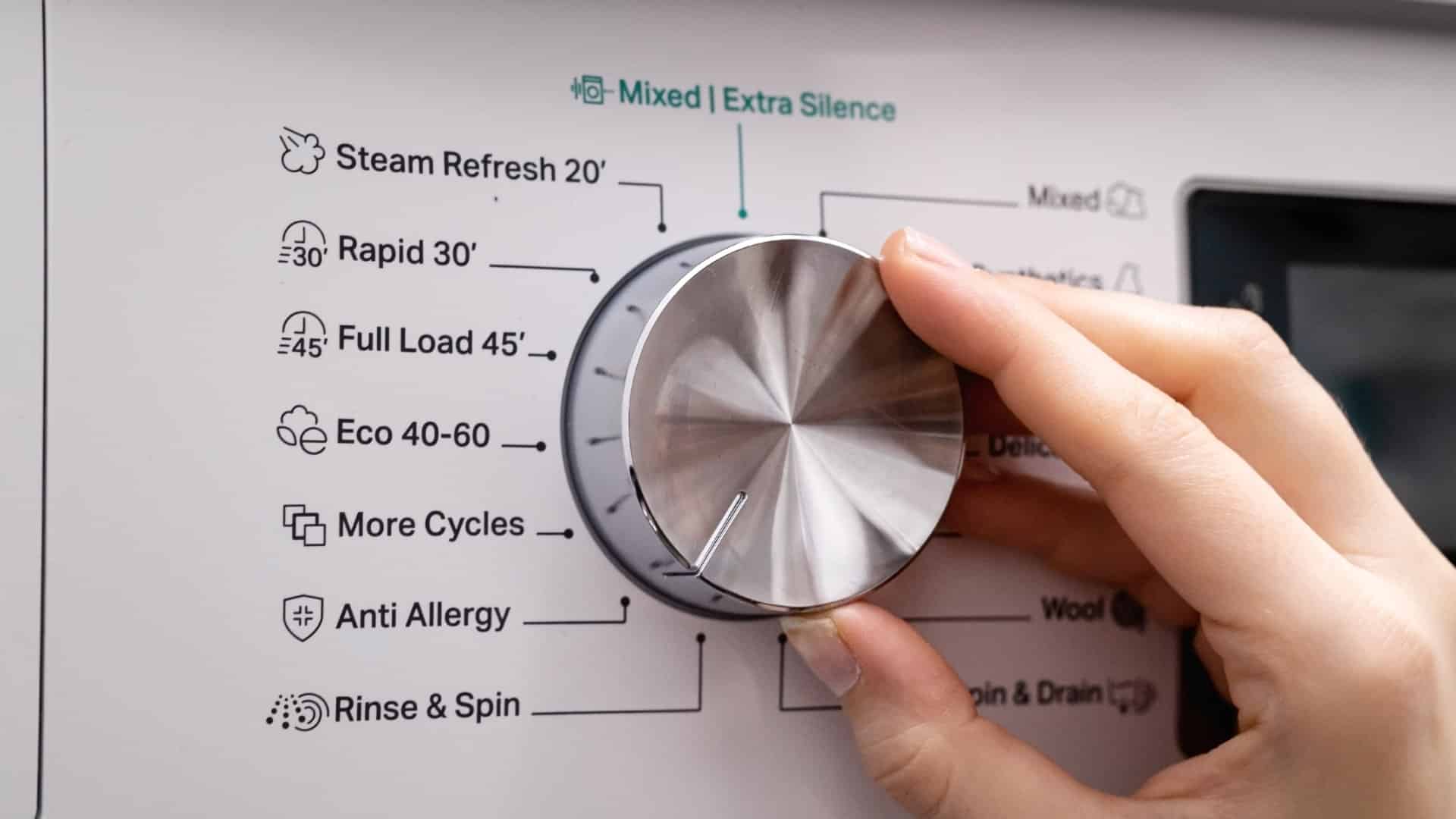
How to Fix Samsung Washer Error Code 4C
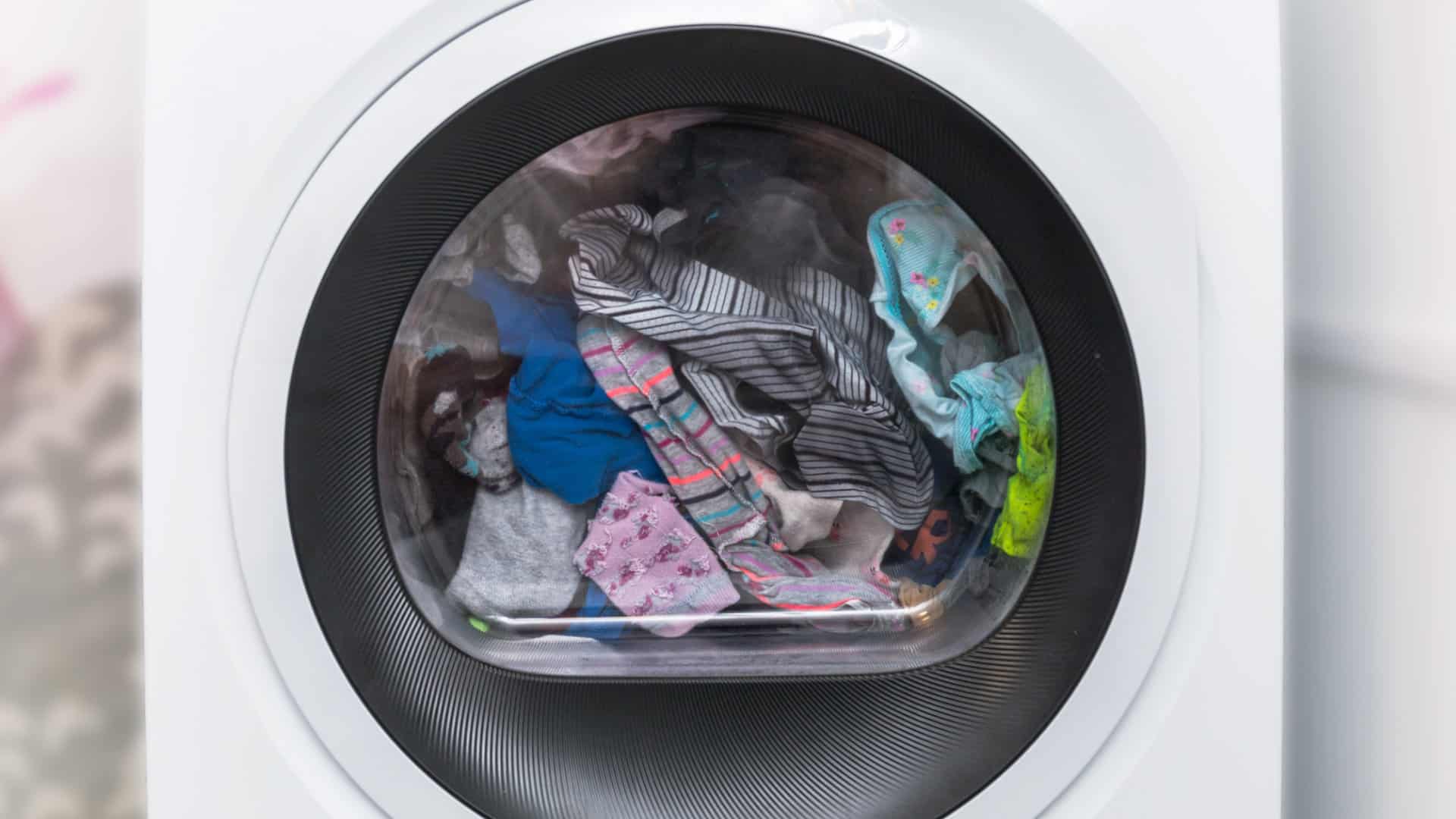
How to Resolve UE Error Code on your LG Washer
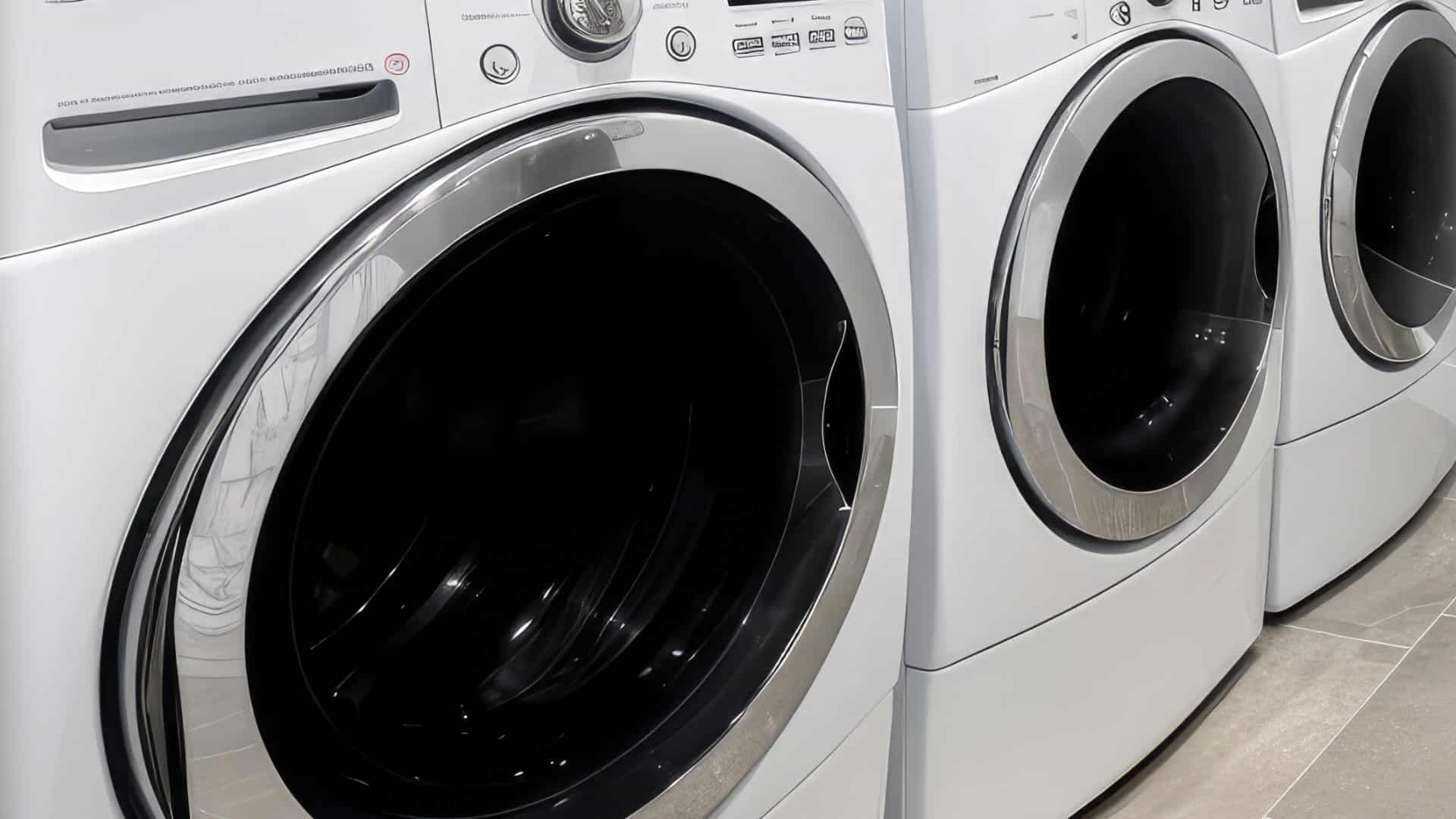
LG Washing Machine Error Codes: How to Fix Them
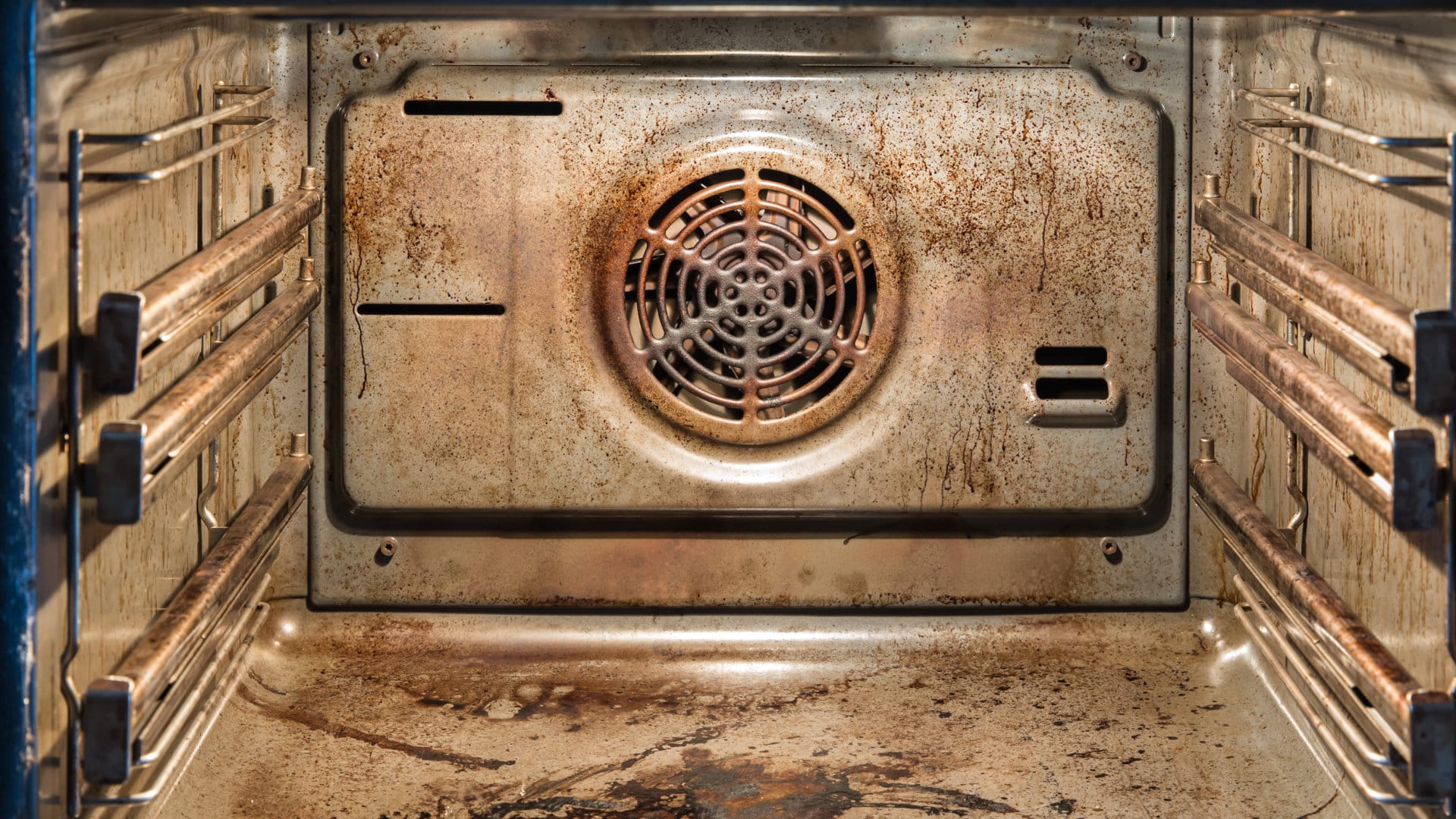
How to Unlock LG Oven Door (After Self-Cleaning)
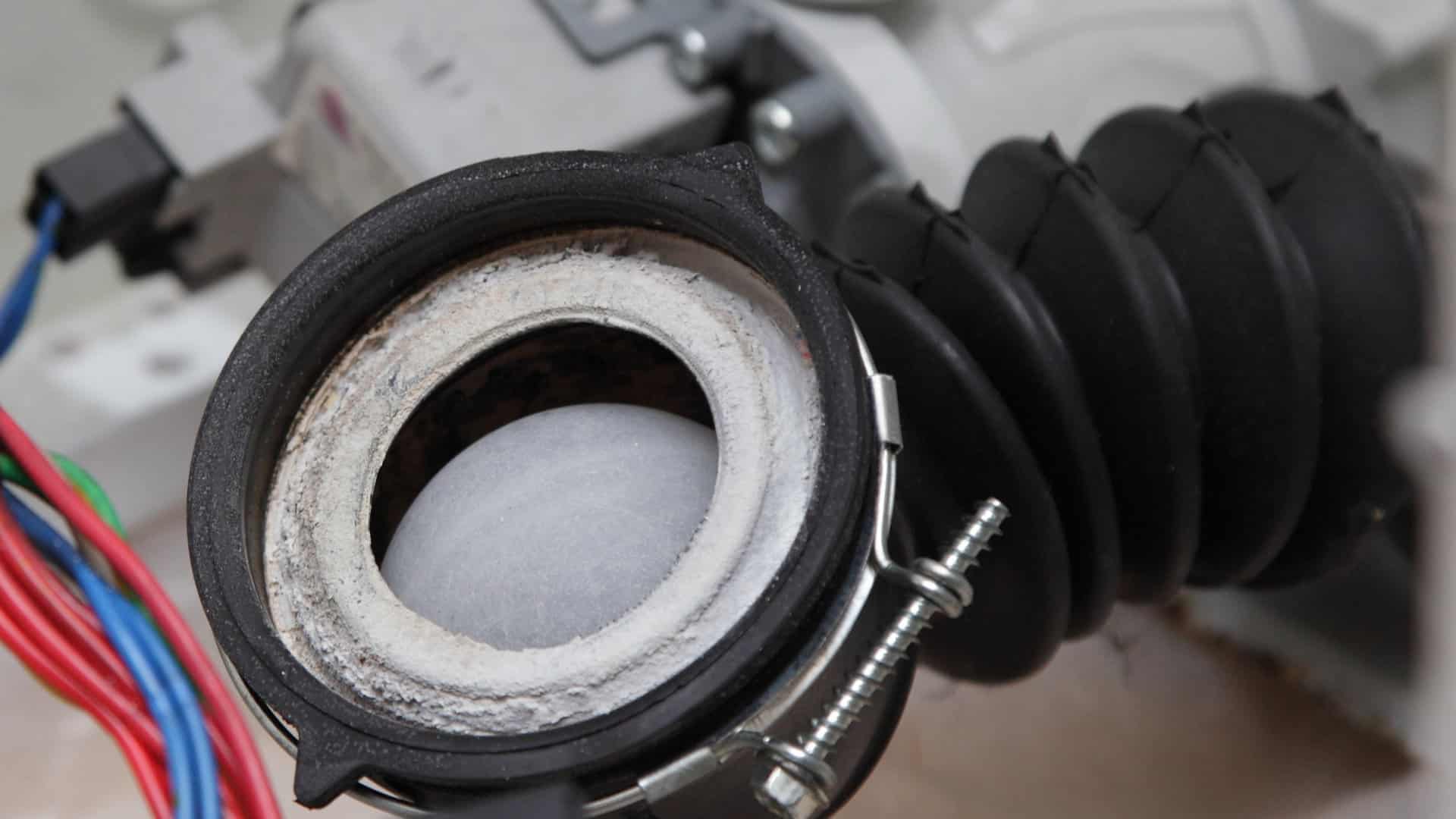
How to Fix LG Washer DE Error Code

Why Your Microwave Is Not Working
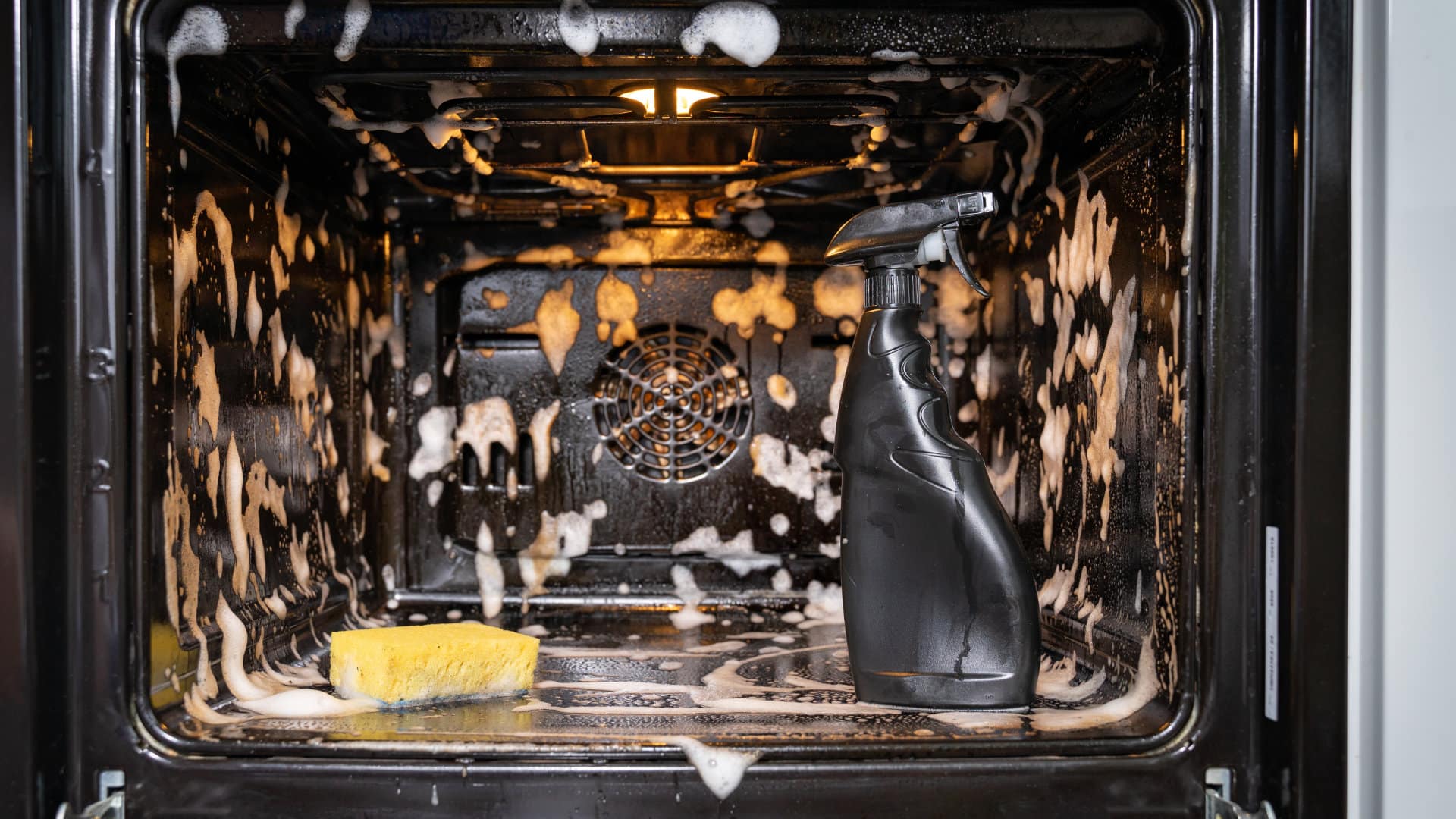
The Quick Guide To Using a GE Self-Cleaning Oven

How to Clean Your Dishwasher with Vinegar

How to Fix a Noisy Refrigerator
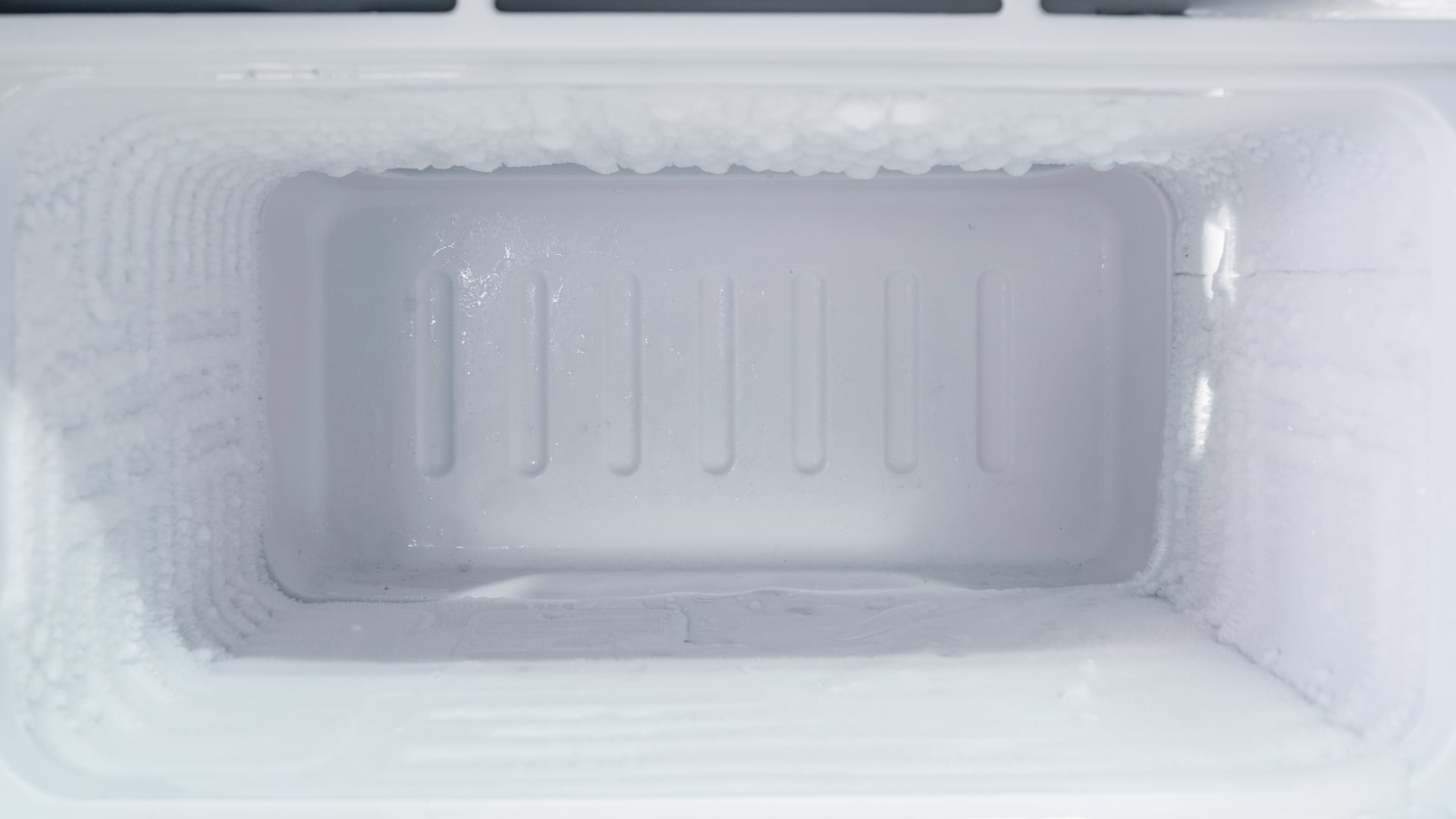
How to Remove Frost Build-up from the Freezer

5 Ways To Clean Your Microwave Naturally


